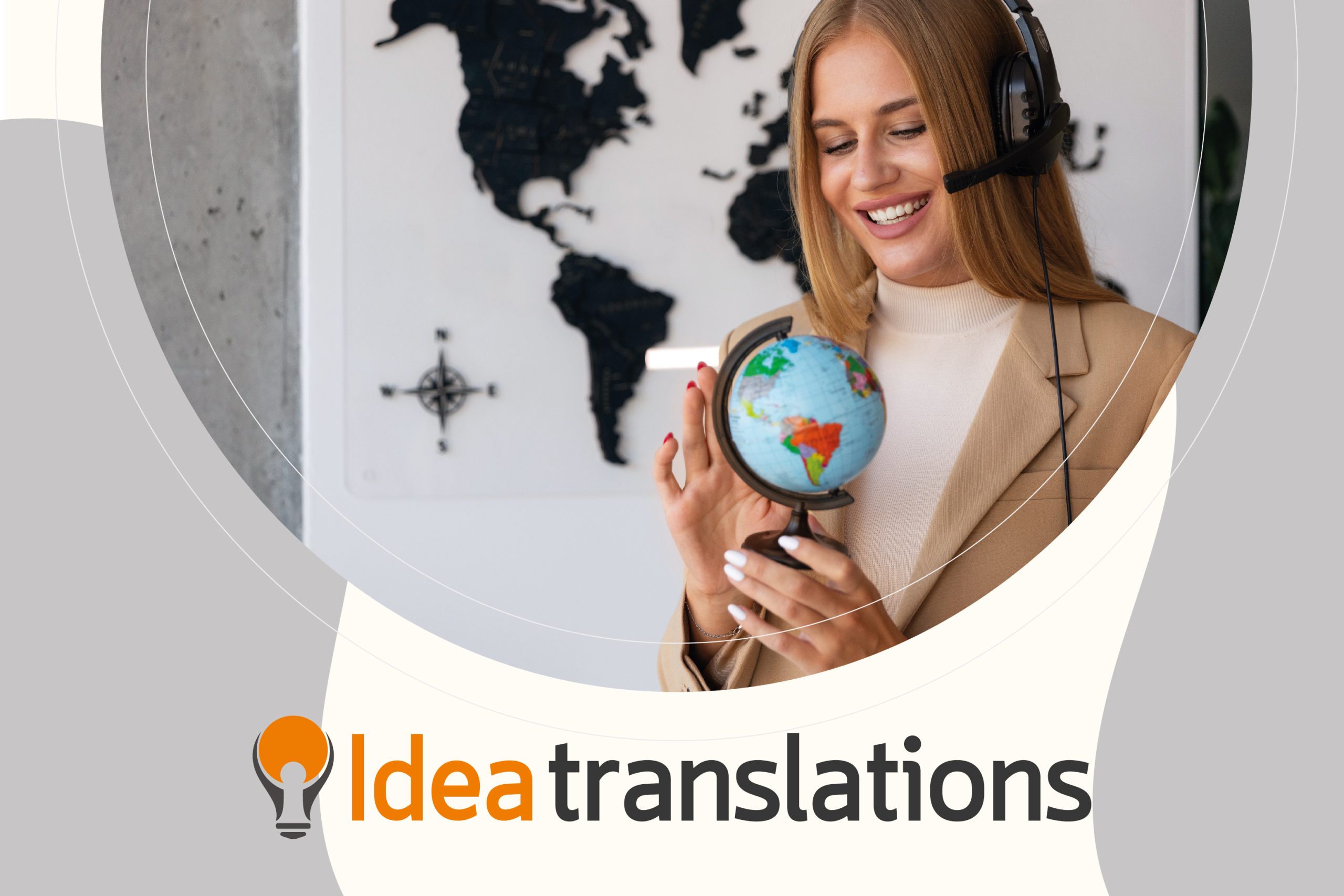
Across Cultures: The Power of Translation
Translation is the passport that takes you beyond borders and across cultures, transforming more than just words from one language to another. It enables people from diverse linguistic and cultural backgrounds to engage to learn from one another, fostering mutual understanding and cooperation. By capturing not only the literal meanings but also the cultural treasures and context of the original message, translation helps to preserve the richness of different cultures while making them accessible to others. This dynamic process enhances global communication, supports international relations, and deepens cross-cultural appreciation. Translation has a profound role in connecting and enriching our increasingly interconnected world.
As stated by American linguist Lawrence Venuti, “like any human activity, [translation] takes place in a specific social and historical context that informs and structures it […]. In translation processes, this becomes twice as complicated, since, by definition, it involves two languages and, therefore, two cultures and two societies.” Each language is shaped by its own unique historical, anthropological, social, and geographical context, so translation can be seen as a cultural bridge that connects these distinct environments.
Thinking of translation as merely the conversion of text from one language to another falls short of encompassing the complexities involved in this high-value multilingual process. Essential notions like equivalence or difference are crucial to understanding the full scope of what makes a translation effective and meaningful.
In fact, Charles Peirce argues that signs and symbols operate within social contexts to generate meaning. Signs function in social contexts, influencing and being influenced by cultural and social dynamics. The interpretation of signs is also deeply embedded in social practices and cultural conventions. In this line, the goal of translation is not equivalence, but context enhancement, the particular aspects that define each culture.
As Lorena Manaj theorizes, “the accuracy of translation and interpretation in intercultural communication is a primary element in the exchange of messages between two or more cultures. When it comes to precision in translation, it is imperative to put in the foreground the precision of finding the equivalence or correspondence appropriate to the communication of two different identities.” Consequently, we can think of translators as having a key role in interculturality, regarding the equitable interaction of diverse cultures and the possibility of generating shared cultural expressions.
We can further argue that translation plays a crucial role in bridging cultural gaps, highlighting that it requires sensitivity to cultural differences and the ability to convey nuanced meanings accurately. According to Manaj, effective translation involves more than achieving linguistic equivalence; it requires an understanding of the cultural contexts in which communication occurs.
In this respect, translators need to always keep in mind both interculturality and sensitivity, aspects that we cannot avoid linking if we want to understand how these professionals can have an impact on cultural processes.
Nowadays, multilingualism and intercultural dialogue is priority, and thus promoting interculturality across all fields is nothing but crucial. And we can be certain that language professionals are leading the way in making this future a reality.



